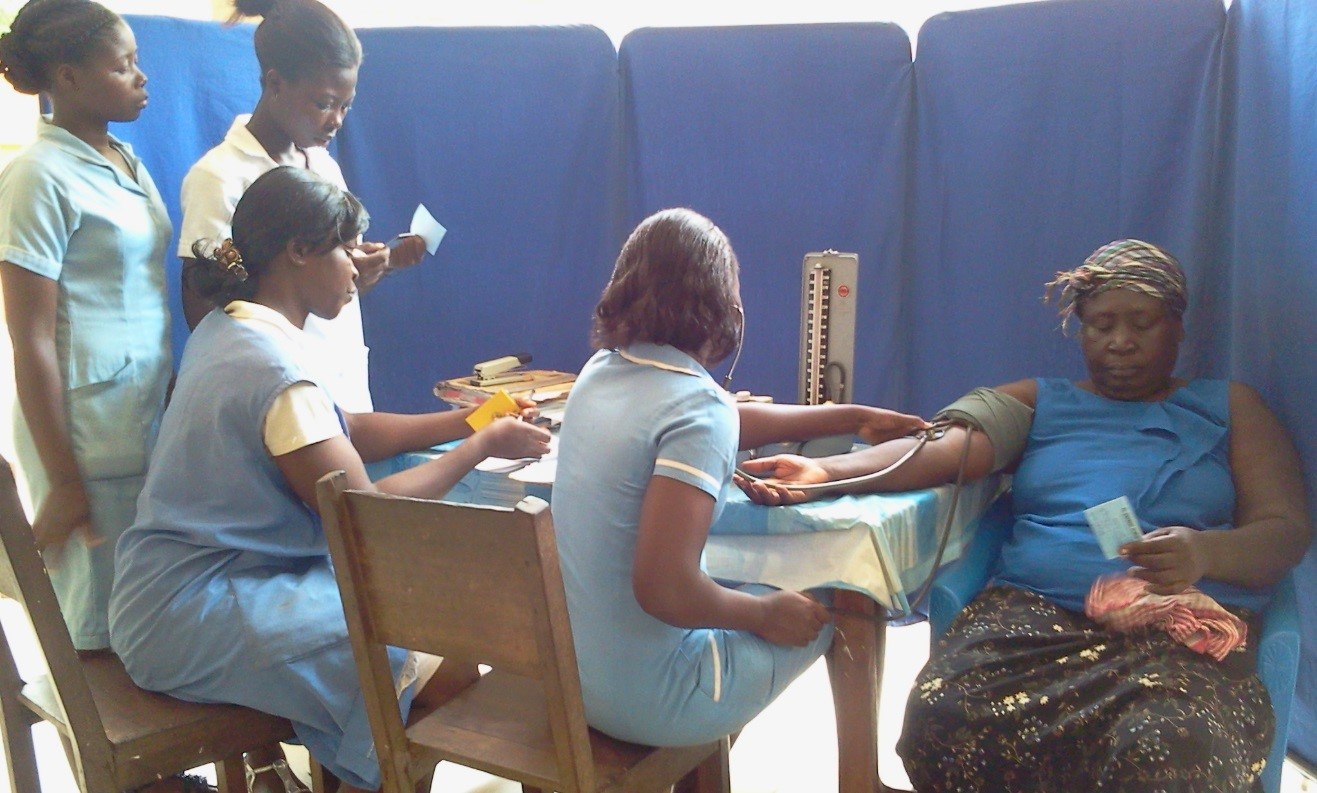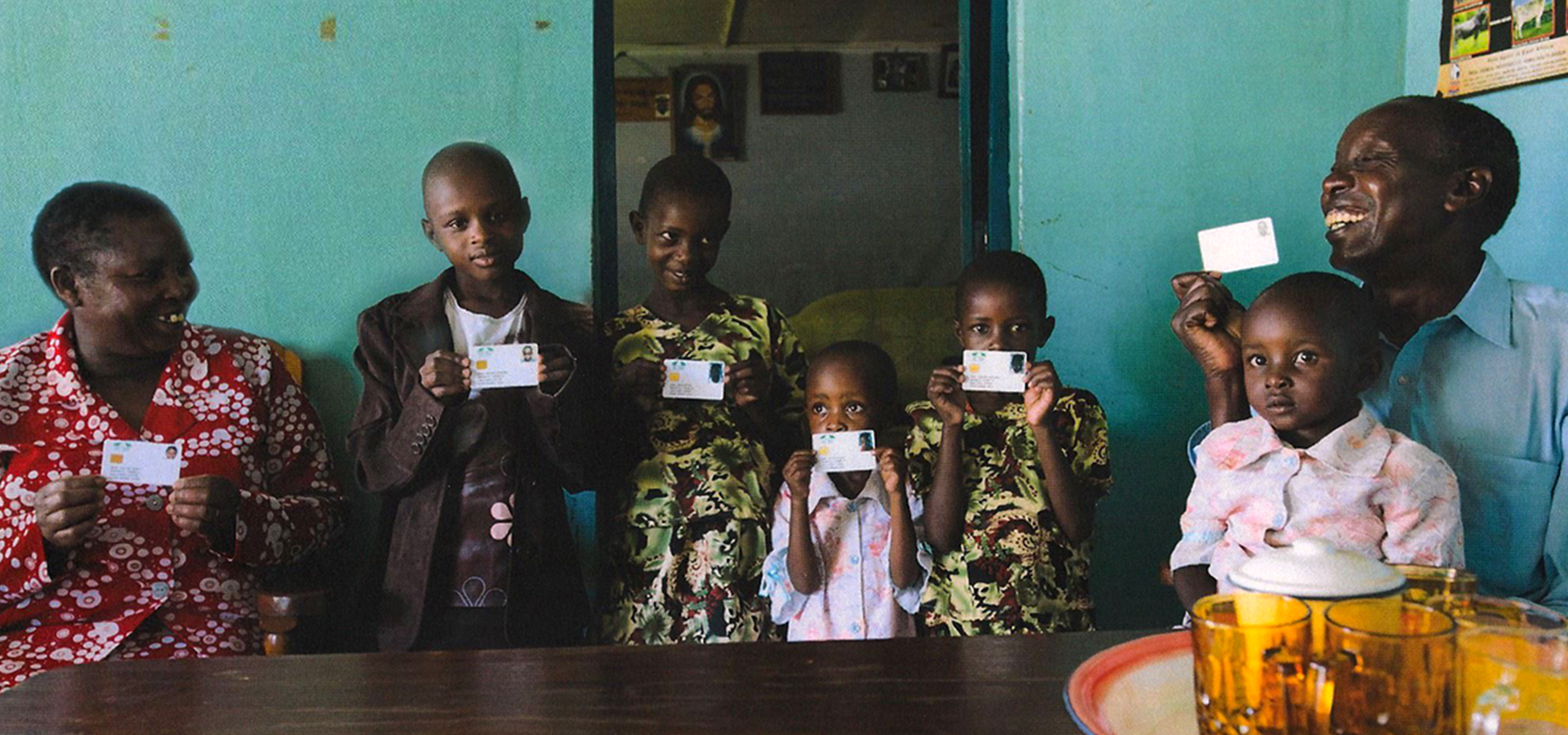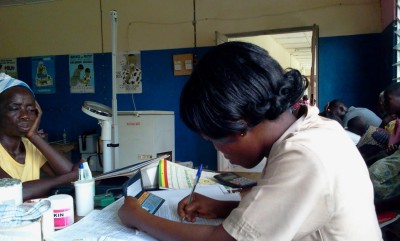Although Ghana is one of the few sub-Saharan African countries recording significant improvements in the health sector, many of the health-related Millennium Development Goals (MDGs) are yet to be reached. As at 2016, the World Bank reports that life expectancy at birth is 61.3 and under-five mortality stands at 62 per 1000 live births. Despite these achievements, limited health resources are a setback in achieving the health-related sustainable development goals. As such, the health system needs to change in terms of efficiency especially at the primary healthcare level where resources are more scarce.
Some reports argue that the inefficient use of limited resources is a major contributing factor to this unfortunate situation. Differences in resource endowments in rural and urban healthcare facilities influence how these limited resources are efficiently used. In this study we attempted to find out the efficiency levels of sampled clinics and health centers in Ghana, and the findings expected to inform policy discussions on possible innovations towards improving efficiency levels without compromising on the quality of care.
Click on the link below to read the research brief.




